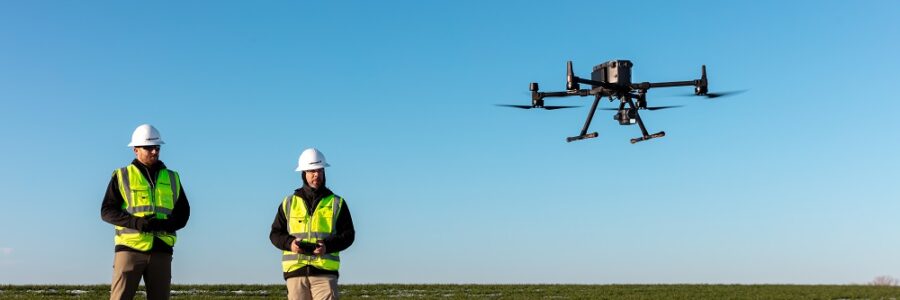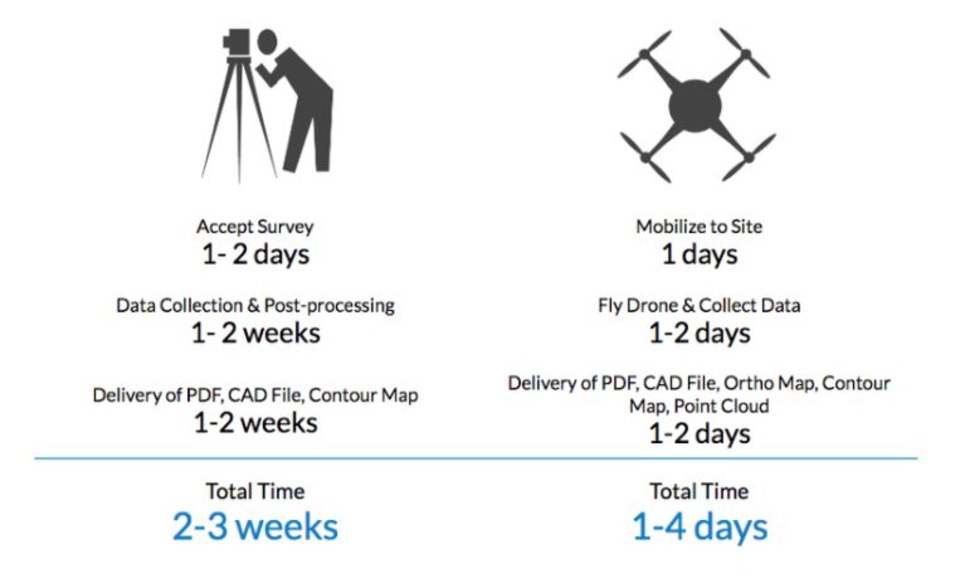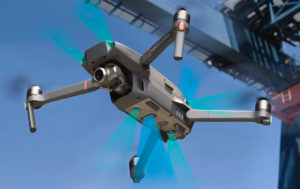
Time and again, drones save money, reduce downtime, and improve safety on construction projects.
Drone maps and models not only provide an aerial view of your entire project, but each map includes a rich set of data that can be used to further measure and analyze just about anything on a site.
Many companies choose to conduct mapping flights of the jobsite each week. This regular, overhead view is invaluable when it comes to tracking progress and inspecting for safety issues.
An aerial view of a typical construction site gives a different perspective and helps to catch issues that might not be noticed at ground level. Weekly drone maps can significantly reduce the amount of time you spend walking an entire site for the purposes of inspection and monitoring. If an issue stands out on the drone map, and warrants closer inspection,
Regular mapping flights have the added bonus of creating a complete, visual record of a site’s progress, which many project managers and site engineers find invaluable when it comes to exploring trends over time.
Catch Conflict Sooner
For more advanced oversight, export your maps into industry software like BIM, GIS and CAD ,you can tell how many square feet of roof you have put down, how much square footage of concrete is left to pour. If you are trying to figure out truck access, you can measure the width of a road or gate or how much room we need to clear out for material to make the site clean and organized.”
Every location on a drone map is geotagged, so you can take basic measurements almost instantly, from any device. For situations that require centimeter-level accuracy, ground control points can be added to a map. These marked targets help mapping software accurately position your map in relation to the real world and afford the accuracy needed to make precise volumetric and linear measurements.
Reduce Downtime by Monitoring Contracted Work in Real Time
Many construction professionals also use drone-generated measurements to review the work of sitecontractors. With quick access to this type of information, a site manager can easily hold a contractor accountable, and save downtime by requesting changes to work before the contractor leaves the jobsite.

Improve Safety
By using drone maps as part of the regular safety inspection process, site managers are able to identify hazards more efficiently. In many cases, the comprehensive overhead view helps managers spot potential hazards sooner, and take action before a problem becomes larger.
By allowing inspectors to perform remote inspections with real-time information, drone mapping reduces the amount of time workers spend in dangerous areas. If an inspector can reduce the time spent on a roof by 3–4 hours, that’s 3–4 hours he is on the ground and out of harm’s way.

